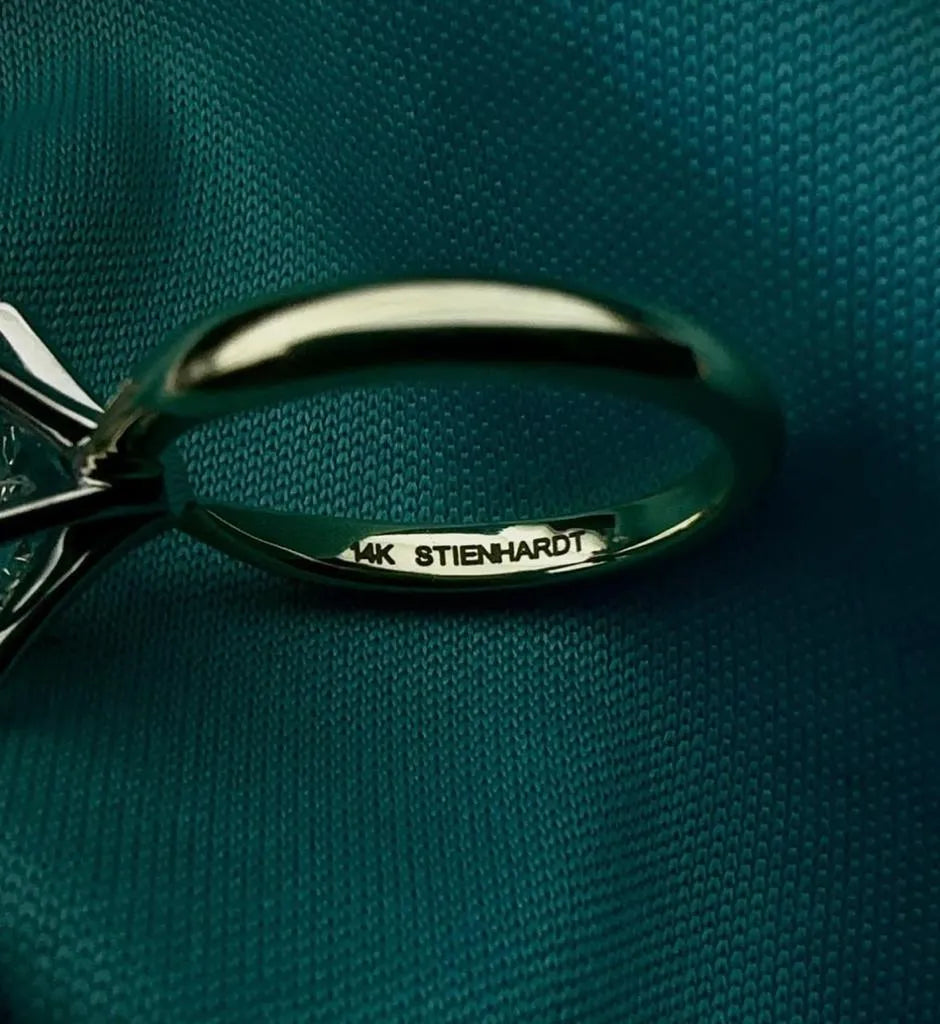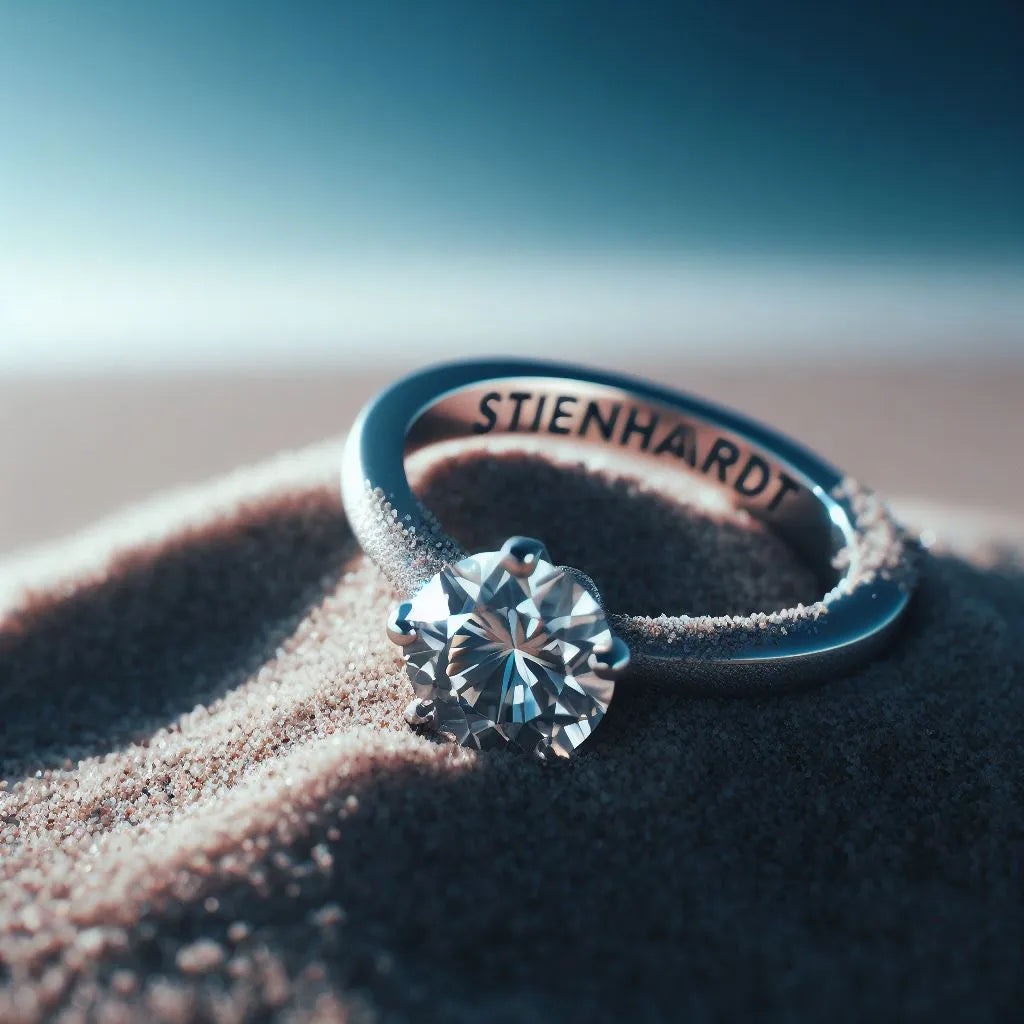







Decoding Precious Metals: A Guide to 14K Gold, 18K Gold, and Platinum for Everyday Wear
When it comes to choosing the perfect metal for your everyday jewelry, the options can be overwhelming. Among the most popular choices are 14K gold, 18K gold, and platinum. Each metal has its unique characteristics, offering a distinct blend of durability, elegance, and value. In this blog post, we'll delve into the pros and cons of 14K gold, 18K gold, and platinum, helping you make an informed decision for your daily wear jewelry.
1. 14K Gold: Balancing Durability and Affordability
Pros:
-
Durability: 14K gold is alloyed with a higher percentage of other metals (such as copper or nickel), making it more durable and resistant to scratches and dents compared to higher karat gold.
-
Affordability: The lower gold content in 14K gold makes it more budget-friendly than higher karat options. If you're seeking a balance between quality and cost, 14K gold is a compelling choice.
Cons:
- Slightly Less Gold Content: While the lower gold content enhances durability, it also means that 14K gold has less pure gold compared to higher karat options.
2. 18K Gold: Luxurious and Lustrous
Pros:
-
Higher Gold Content: 18K gold contains 75% pure gold, giving it a richer gold color and a more luxurious appearance.
-
Suitable for Allergic Skin: As 18K gold has a higher gold content, it is less likely to cause skin irritation for those with metal sensitivities.
Cons:
- Less Durable: The higher gold content makes 18K gold softer and more susceptible to scratches and dents. This makes it less ideal for everyday wear, especially for pieces like rings that may endure more wear and tear.
3. Platinum: The Pinnacle of Elegance and Endurance
Pros:
-
Durability: Platinum is an incredibly durable metal, resistant to tarnish, corrosion, and wear. It is an excellent choice for everyday wear, particularly for engagement and wedding rings.
-
Hypoallergenic: Platinum is hypoallergenic, making it a suitable option for individuals with sensitive skin.
-
Distinctive White Color: Platinum's naturally white color doesn't fade or tarnish, providing a timeless and elegant appearance.
Cons:
- Cost: Platinum is generally more expensive than gold due to its rarity and density. While the initial investment is higher, its durability and timeless appeal can make it a cost-effective choice in the long run.
Choosing the Right Metal for Your Lifestyle:
-
Consider Your Budget: If budget is a significant factor, 14K gold may be the most suitable option. It offers a good balance between affordability and durability.
-
Prioritize Durability: If durability is a top priority and budget is not a constraint, platinum stands out as the most resilient choice.
-
Seek a Luxurious Appearance: If you desire a rich, luxurious appearance with a balance of durability, 18K gold could be the perfect compromise.
-
Personal Style: Consider your personal style and aesthetic preferences. Whether you prefer the warmth of gold or the cool elegance of platinum, your everyday jewelry should reflect your unique taste.
In conclusion, the choice between 14K gold, 18K gold, and platinum depends on a combination of factors including your budget, lifestyle, and personal style. Understanding the pros and cons of each metal will guide you in selecting the perfect option for your everyday jewelry, ensuring it withstands the test of time and complements your lifestyle seamlessly.



